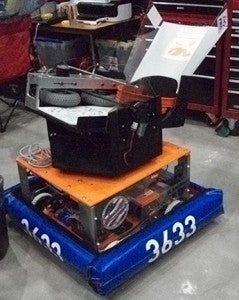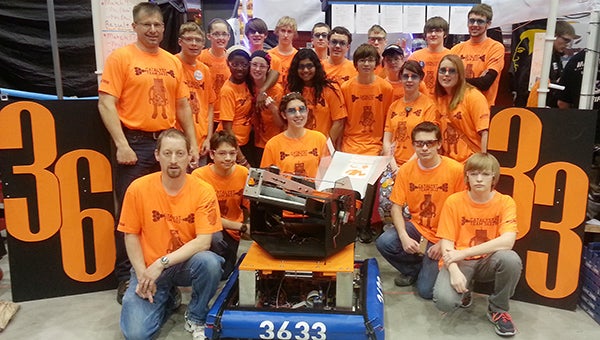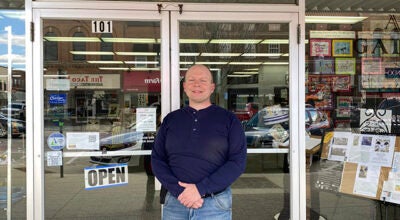Robotics team wins design award
Published 9:25 am Wednesday, April 3, 2013
Albert Lea’s robotics team won a prestigious award Saturday at a regional competition.
The team, called Catalyst, was competing Thursday through Saturday at the regional FIRST Robotics competition at the University of Minnesota’s Mariucci Arena in Minneapolis. The team won the Industrial Design Award, which is the only award FIRST gives for robots specifically. Other awards are based on teamwork.
“We didn’t expect to win, but we had a unique design,” head coach Ken Fiscus said.
The team is also led by assistant coaches Spencer Elvebak and Wendy Keszler. Fiscus said the award didn’t mean it was the most successful robot at the competition, but that it looked the best.

Catalyst, Albert Lea’s robotics team, affectionately named their robot Hex. Part of its shape is hexagonal, which is also the shape used in the team’s logo.
“I’m not saying it was the fanciest,” Fiscus said. “There were some scary good robots but they looked like works in progress.”
Fiscus said other teams have been competing for more than 15 years, while Albert Lea is in its third year. There were several more advanced robots, but Fiscus said Albert Lea’s robot was well-known throughout the tournament for its shooting ability.
The team took special care to make their robot look nice and even designed it to match the team’s logo. Their logo is made up of hexagons, so the robot had hexagon-shaped parts and was even affectionately called Hex. Fiscus said there were 60 teams competing at the event, and all were eligible for the Industrial Design Award.
Albert Lea won’t be advancing to the next competition and is now done for the year. In eight matches, the team lost four and won four. No teams selected them for their alliance in the elimination tournament, either. But Fiscus thinks having the Industrial Design Award on display at future competitions, a widespread practice, will help their reputation.
“It’s impressive when other teams are scouting,” Fiscus said.
He’s happy with the way the year went for Catalyst, and they’re already looking ahead to next year. Fiscus wanted to thank their sponsors Innovance, Alliant Energy and Cargill, and especially Edwards Manufacturing who manufactured the shooting apparatus on the robot.
Teams competing have to create a robot to do specific tasks set each year by FIRST. This year, robots had to be able to shoot Frisbees at targets and/or be able to climb a pyramid. There were points for climbing the pyramid and points for each Frisbee that hits the target. Fiscus said the challenge of deciding to create a robot that can do everything, or just one thing really well, is a lot like real-world engineering problems.




